Myth No. 1: Producers are keeping their cows around too long. Longevity equates to old cows that are past their prime.

Mitch Breunig, Owner/Operator, Mystic Valley Dairy
The oldest cows on our farm are the most profitable, as long as they are healthy and producing well. Older cows do probably require a little more work around calving time, but if you have good protocols I think it is a non-issue. The art of farming is
figuring out when it is more profitable to cull the cow and replace her with another cow or continue to keep her in the herd.
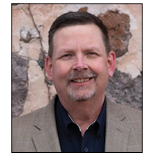
Kevin Jorgensen, Senior Sire Analyst, Select Sires Inc. and Partner at Mystic Valley Dairy
We look at the high lifetime production cows each month after test day and it is amazing what these cows can accomplish. Many are now in their sixth and seventh lactation, the oldest being in their 10th lactation, and despite their age they are some of
the top performers in the herd. Interestingly, there are 33 cows at Mystic Valley Dairy that are over 200,000 pounds of lifetime milk to date and all but three are scored Very Good or Excellent, with the remaining three classified Good Plus. Meaning,
conformation still has a place in making high-lifetime performers.
Mystic Valley Dairy is a progressive herd in Saulk City, Wisconsin with more than 400 lactating cows. They prioritize component yield and health traits, along with functional type to create longer-living, profitable cows.
Myth No. 2: Longer-living cows drive down sustainability achievements.
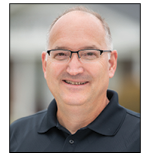
Chuck Sattler, Vice President of Genetic Programs, Select Sires Inc.
Using a life cycle assessment, we can evaluate the impact of culling rate on greenhouse gas (GHG) emissions from a commercial-scale 2,000 head Holstein dairy. Keeping all other model parameters constant, we compare the industry average cull rate of
37% to a cull rate of 30%.
The reduced cull rate lowers the total number of cows and heifers at the dairy and shifts the demographics to include more cows that are third lactation and greater. Because the older cows are more productive, the total energy-corrected milk (ECM) yield of the dairy is about 1% greater for the reduced cull rate herd, and the enteric methane emissions are reduced due to having fewer animals in the system (Table 1). By combining these impacts, the enteric methane GHG intensity is reduced by 3.1% and total GHG intensity is reduced by 4.2% for the herd with a reduced cull rate.
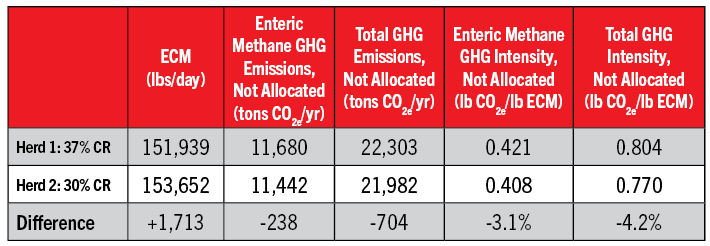
Table 1: Methane emissions, total GHG emissions, methane intensity and total GHG intensity for two herds with 37% and 30% culling rates, respectively. Emissions are not allocated among output products.
There are tradeoffs when you consider managing a herd of older cows. It is paramount that herds adopt a genetic strategy that emphasizes traits like mastitis resistance, lameness resistance and fertility. Using an index like Herd Health Profit Dollars® (HHP$®) will help generate cows that are less prone to these older cow issues and continue to be profitable producers later in life, therefore creating opportunities for reduced culling and reduced methane emissions.
Myth No. 3: Once a cow reaches her breakeven point, she should be replaced by a heifer that has better genetics.
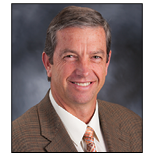
Dr. Gavin Staley, Ruminant Technical Specialist, Diamond V
If you look at the production curves by parity for any normal, healthy individual cow, you see immediately that a cow produces significantly more milk as she matures. She continues to grow approximately 15% from her first calving until reaching mature
body weight in her third lactation. She also produces approximately 15% more milk when comparing her first and third lactations. Genetic improvement of younger stock alone cannot make up a 15% increase.
Older cows have ‘paid off’ their raising costs and should be allowed to express their genomic potential. Replacing a healthy, productive older cow with a heifer with the ‘latest genetics’ makes as much sense as trading in a vehicle every year to get the latest ‘bells and whistles.’ This does not mean keeping an unproductive animal in the herd because culling criteria applies to all parties. Strategically increasing the productive life of a healthy herd allows lucrative options to market beef on dairy offspring or raise additional heifers for sale. These profit-boosting opportunities are not possible with high culling rates in herds with short productive life.
Myth No. 4: Cow longevity is only influenced by good management.
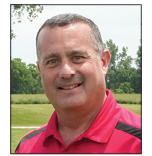
Jeff Ziegler, Vice President of Dairy Cattle Breeding, Select Sires Inc.
Management versus genetics is an argument as old as time. In my experience, it is not one or the other, but rather a combination of management, genetics and careful planning that drives performance and profit. Consider these simple calculations:

On-farm management, nutrition and health protocols are critical to achieve gene expression. Without the right environment cows will not express their genetic potential for production, fertility, health and more. In today’s precision breeding era and considering the limited heifer replacement pool, there is no room for wasted opportunities. To enhance your herd’s cow longevity, capitalize on good management with the best foundation of elite genetics.
Myth No. 5: Older cows don't produce as mucH milk as first and second lactation cows.

Ethan Haywood, Genetic Specialist, Select Sires Inc.
Holstein dairy cows reach their maximum size and physical maturity at 48-54 months of age, which for most breeding programs is in their third or fourth lactation. Until that time, they are allocating energy from their dry matter intake to growth and therefore have not reached their genetic potential. In the best environment, these mature cows begin expressing their genetics and have the opportunity to maximize both milk production and feed efficiency, making them the most profitable individuals in the herd! Strategically building our herds to have more cows in their third, fourth and fifth lactation, where individual animal profitability is maximized, will help improve the farm’s bottom line and efficiency.
Myth No. 6: Salvage value covers raising costs.
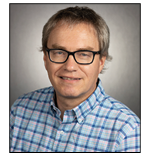
Dr. Albert De Vries, Dairy Management and Economics Professor, University of Florida
Historically, salvage value of cows is about half of the cost of raising a heifer. On average, there is a loss of value of more than $1,000 over the course of a cow’s productive life. This depreciation is an important factor to keep a healthy, productive cow in the herd for many lactations because the depreciation is spread out over more time.
The value of the calf has less of an effect than depreciation because both the replacement heifers, and the healthy, older cow produce a calf. The daily depreciation, which is a cost to the dairy, is therefore less when cows stay in the herd longer.
Older, healthy cows on average also produce more milk than first lactation cows. However, this does not mean that low producing, non-competitive, young cows should not be replaced soon.
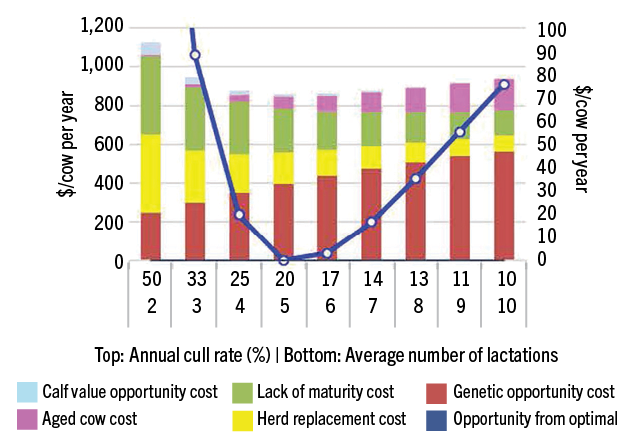
The five drivers of total cost of maintaining herd structure include: genetic opportunity cost, herd replacement cost, lack of maturity cost, aged cow cost, and calf value opportunity cost. The optimal productive lifespan (number of lactations; one
lactation is set to be one year) is the one in which the total cost is the lowest. The optimal productive lifespan is five years in this example. The blue line goes with the right axis, and the bars go with the left axis.
Myth No. 7: Longer-living cows lead to a shortage of replacements.
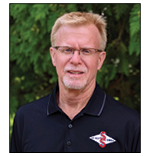
Greg Collins, North America Select Dairy Solutions Data and Training Support, Select Sires Inc.
Longevity goals shouldn’t influence a herd’s availability of quality replacements. Each herd should have a breeding strategy customized to their operation that meets their replacement needs.
There’s immense value in good reproductive efforts and longer-living cows when it comes to options and opportunities for the herd. While one herd might be breeding 38% of females to dairy and the rest to beef, another herd is breeding 58% of females to dairy and these percentages are determined by factors like reproduction metrics, herd health and culling rates, and ultimately, the herd’s goals. Longer-living cows are actually a step toward opportunities for producers to design their herd’s makeup to best fit their situation.
Select Sires offers tools to investigate animal inventory scenarios, test breeding strategies and track genetic progress. These tools were designed to provide routine evaluations of animal inventories at strategic phases and to guide future decisions. Whether a producer is looking for a more general approach to inventory and genetic monitoring or interested in maximizing the utilization of genomic information to make the desired number of female replacements and drive genetic progress, Select Sires has a tool to meet those needs.